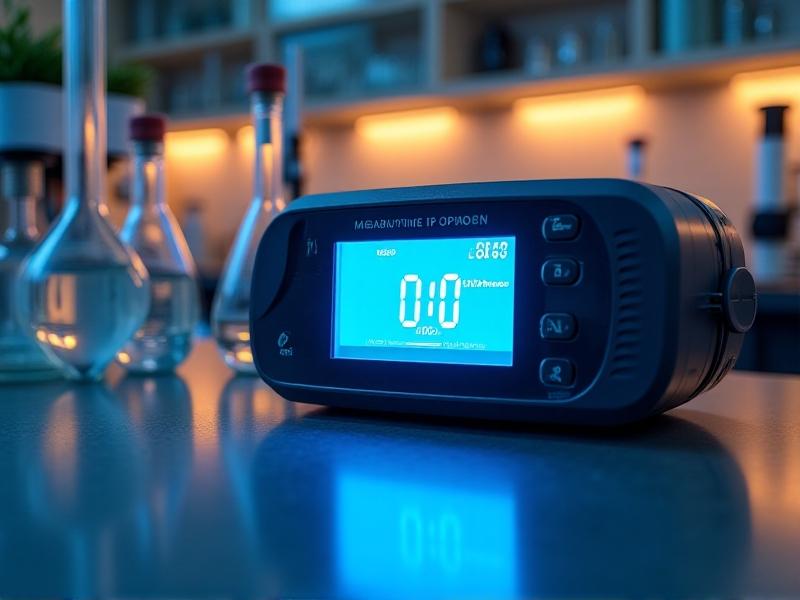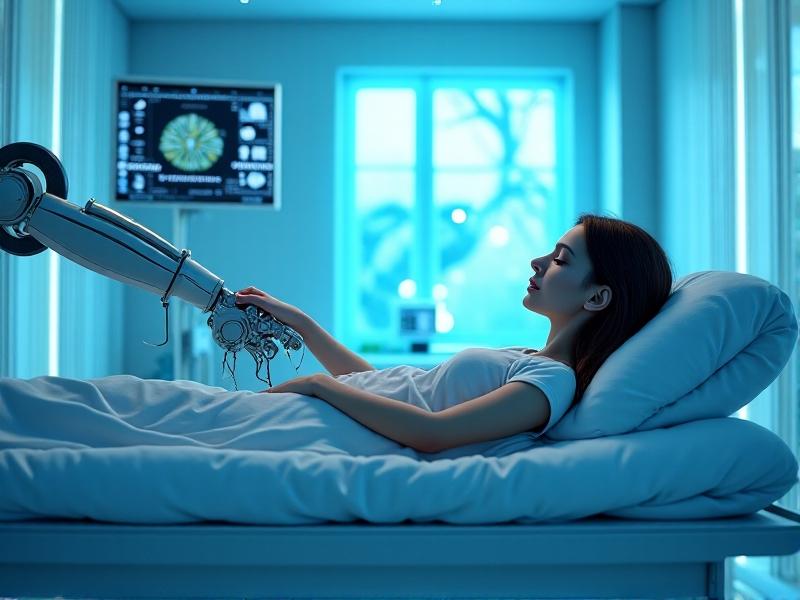UV-C Sterilized Handrail Systems
The Evolution of Handrail Systems: Introducing UV-C Sterilization
Handrail systems have long been a staple in public spaces, providing safety and support to individuals navigating stairs, escalators, and walkways. However, as the world becomes increasingly aware of the importance of hygiene, especially in high-traffic areas, the traditional handrail has undergone a revolutionary transformation. Enter UV-C sterilized handrail systems—a cutting-edge solution that combines functionality with advanced sanitation technology. These systems are designed to continuously disinfect handrails, reducing the spread of harmful pathogens and creating a safer environment for everyone.

How UV-C Technology Works in Handrail Systems
UV-C light, a type of ultraviolet light with a wavelength between 200 and 280 nanometers, has been proven to effectively inactivate bacteria, viruses, and other microorganisms by disrupting their DNA and RNA. In UV-C sterilized handrail systems, this technology is integrated directly into the handrail structure. As users grip the handrail, UV-C LEDs embedded within the system emit light that continuously disinfects the surface. This process happens in real-time, ensuring that the handrail remains hygienic even in high-traffic environments like airports, malls, and public transit stations.

Benefits of UV-C Sterilized Handrails in Public Spaces
The implementation of UV-C sterilized handrail systems offers numerous benefits for public spaces. First and foremost, these systems significantly reduce the risk of cross-contamination, which is especially critical in areas with high foot traffic. By continuously disinfecting the handrail, they provide peace of mind to users and contribute to a healthier environment. Additionally, UV-C technology is chemical-free, making it an eco-friendly alternative to traditional cleaning methods. Over time, these systems can also reduce maintenance costs by minimizing the need for frequent manual cleaning.

Design and Aesthetics: Merging Functionality with Modernity
One of the standout features of UV-C sterilized handrail systems is their ability to seamlessly blend into modern architectural designs. These systems are available in a variety of materials, including stainless steel and aluminum, and can be customized to match the aesthetic of any space. The integration of UV-C technology is discreet, with LEDs often hidden within the handrail structure, ensuring that the system remains visually appealing. This combination of functionality and design makes UV-C sterilized handrails an attractive option for architects and interior designers looking to enhance both safety and style.
Challenges and Considerations in Implementing UV-C Handrail Systems
While UV-C sterilized handrail systems offer numerous advantages, there are also challenges to consider. One of the primary concerns is the initial cost of installation, which can be higher than traditional handrail systems. Additionally, proper maintenance is essential to ensure the longevity and effectiveness of the UV-C LEDs. It’s also important to educate the public about the technology, as some individuals may have concerns about UV-C exposure. However, with proper design and safety measures, these challenges can be effectively addressed, making UV-C handrail systems a viable option for a wide range of applications.
Case Studies: Successful Applications of UV-C Handrail Systems
Across the globe, UV-C sterilized handrail systems have been successfully implemented in various settings. For example, a major airport in Asia reported a significant reduction in surface contamination after installing these systems in its terminals. Similarly, a European hospital saw a decrease in healthcare-associated infections following the adoption of UV-C handrails in patient areas. These case studies highlight the versatility and effectiveness of the technology, demonstrating its potential to improve hygiene in diverse environments.
The Future of UV-C Sterilized Handrail Systems
As technology continues to advance, the potential applications of UV-C sterilized handrail systems are virtually limitless. Future developments may include integration with smart systems, allowing for real-time monitoring of handrail hygiene and usage patterns. Additionally, as public awareness of hygiene grows, the demand for UV-C handrails is likely to increase, driving further innovation and affordability. These systems represent a significant step forward in creating safer, more hygienic public spaces, and their adoption is poised to become a standard in the years to come.







